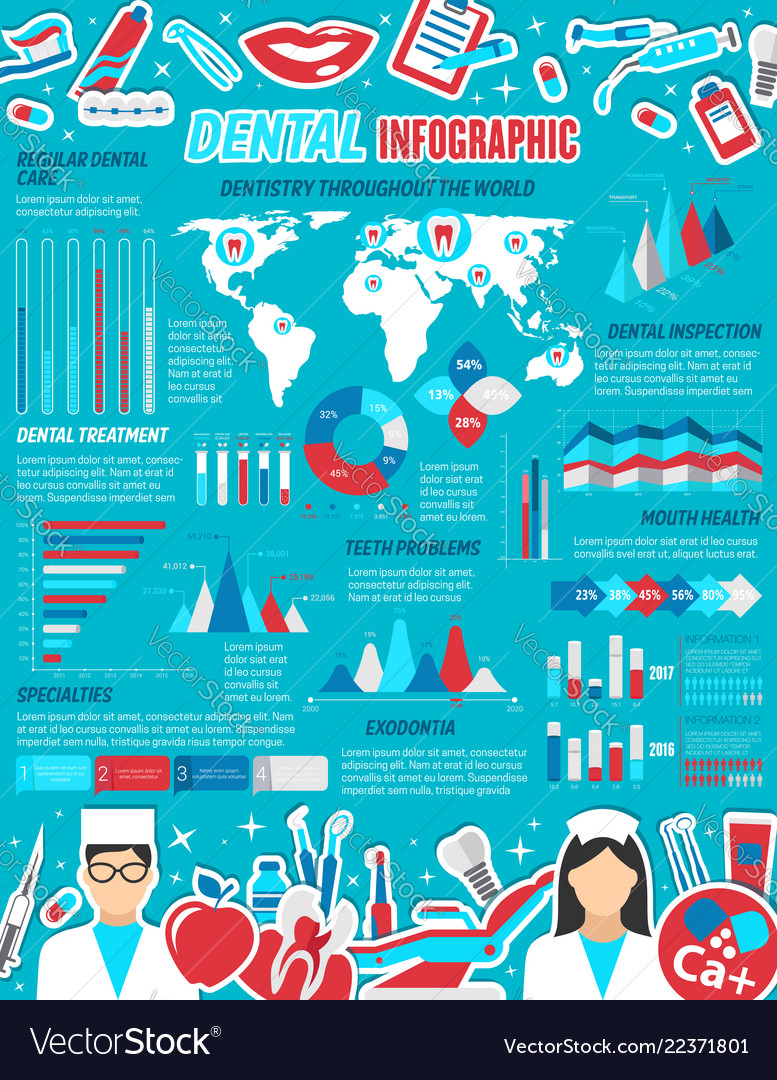The Progression Of Oral Surgery: Cutting-Edge Innovations And Advancements Influencing The Area
The Progression Of Oral Surgery: Cutting-Edge Innovations And Advancements Influencing The Area
Blog Article
Web Content By-Kokholm Browne
Invite to the world of oral surgery, where technologies and advances are shaping the future of the area! In this interesting realm, you'll witness the transformative power of robotics, the advanced marvel of 3D printing, and the game-changing effect of minimally intrusive methods.
The future of dental surgery holds an assurance of accuracy, performance, and improved individual end results. With the help of innovative robotics, specialists have the ability to execute intricate procedures with greater accuracy and control.
3D printing modern technology is changing the creation of dental implants and prosthetics, offering customized solutions that fit seamlessly into each individual's one-of-a-kind composition.
In addition, minimally invasive methods are decreasing post-operative discomfort and recovery time, allowing people to return to their daily lives sooner.
Get ready to explore the interesting developments and breakthroughs that are reshaping the landscape of dental surgery!
Innovations in Robotics
One major advancement in oral surgery is the use of robotic innovation, which enables specific and efficient surgeries. With the help of robot systems, oral cosmetic surgeons have the capability to carry out complicated surgeries with enhanced accuracy, reducing the risk of human error.
These robotic systems are furnished with advanced imaging modern technology and accurate tools that allow surgeons to navigate with complex physiological frameworks easily. By using robotic modern technology, specialists can attain greater surgical accuracy, causing enhanced individual results and faster recovery times.
On https://sethhcxrl.blogpayz.com/33063405/oral-implants-for-senior-citizens-what-you-need-to-know of that, the use of robotics in oral surgery enables minimally intrusive treatments, minimizing the injury to bordering tissues and advertising faster healing.
3D Printing in Oral Surgery
To enhance the field of oral surgery, you can explore the subtopic of 3D printing in oral surgery. This cutting-edge innovation has the prospective to revolutionize the way oral doctors run and treat patients. https://www.healthline.com/health/dental-and-oral-health/mesiodens are four essential ways in which 3D printing is forming the field:
- ** Personalized Surgical Guides **: 3D printing permits the production of very accurate and patient-specific medical overviews, enhancing the accuracy and effectiveness of procedures.
- ** Implant Prosthetics **: With 3D printing, oral surgeons can create tailored implant prosthetics that perfectly fit a client's unique makeup, causing much better results and person satisfaction.
- ** Bone Grafting **: 3D printing makes it possible for the production of patient-specific bone grafts, minimizing the requirement for standard implanting techniques and boosting recovery and recuperation time.
- ** Education and learning and Educating **: 3D printing can be utilized to produce practical surgical models for educational objectives, allowing oral cosmetic surgeons to exercise complex treatments before performing them on individuals.
With its potential to enhance precision, modification, and training, 3D printing is an exciting advancement in the field of oral surgery.
Minimally Intrusive Techniques
To even more progress the area of oral surgery, accept the potential of minimally intrusive techniques that can substantially benefit both specialists and people alike.
Minimally invasive strategies are changing the area by lowering medical injury, decreasing post-operative discomfort, and accelerating the healing process. These strategies include utilizing smaller incisions and specialized instruments to execute treatments with accuracy and performance.
By using sophisticated imaging technology, such as cone beam of light computed tomography (CBCT), surgeons can accurately intend and perform surgical treatments with very little invasiveness.
Furthermore, making use of lasers in oral surgery permits exact tissue cutting and coagulation, leading to decreased bleeding and lowered healing time.
With minimally intrusive methods, clients can experience quicker recovery, reduced scarring, and enhanced outcomes, making it a vital aspect of the future of dental surgery.
Verdict
So, as you can see, the future of dental surgery is incredibly appealing, with amazing technologies and advances shaping the area.
From the advancements in robotics to making use of 3D printing and minimally invasive methods, oral specialists are transforming the means they supply treatment.
While some may stress over the potential expense connected with these developments, it is very important to bear in mind that these modern technologies ultimately improve client results and minimize recovery time, making them well worth the investment in the long run.
